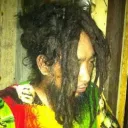Our favourite places to stay on this sleepy Cebu island.
Philippine Festivals in January You Shouldn’t Miss
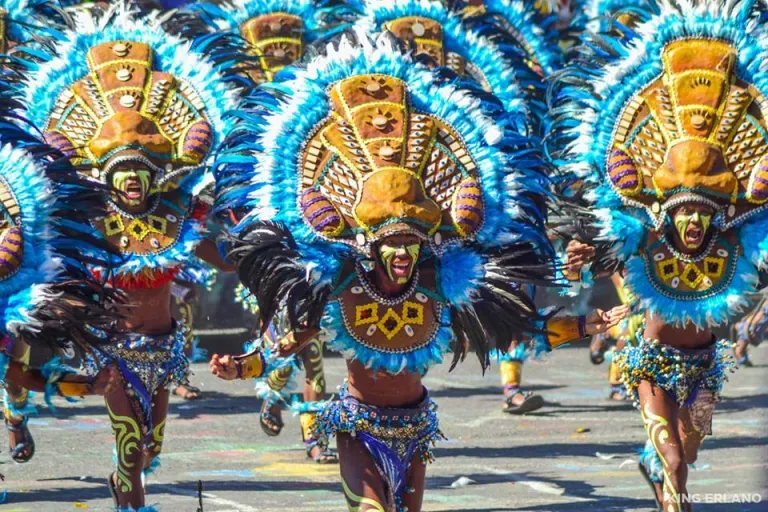
The Philippines is known for having colourful and electrifying festivals. Filipinos celebrate them in commemoration of something significant – both historical and religious. All throughout the year, the country’s major cities and provinces come alive with these festivities.
This January, come and join the Filipinos in celebrating these five major festivals happening in Luzon and Visayas.
Also read: 12 Most Exciting Philippine Festivals You Don’t Want to Miss
1. Feast of the , Quiapo
Purely religious in origin, the Feast of the is celebrated by Roman Catholic devotees annually on 9 Jan. The is a life-sized dark-coloured wooden depiction of Jesus Christ that was brought all the way to the Philippines from Mexico by an Augustinian friar in 1606.
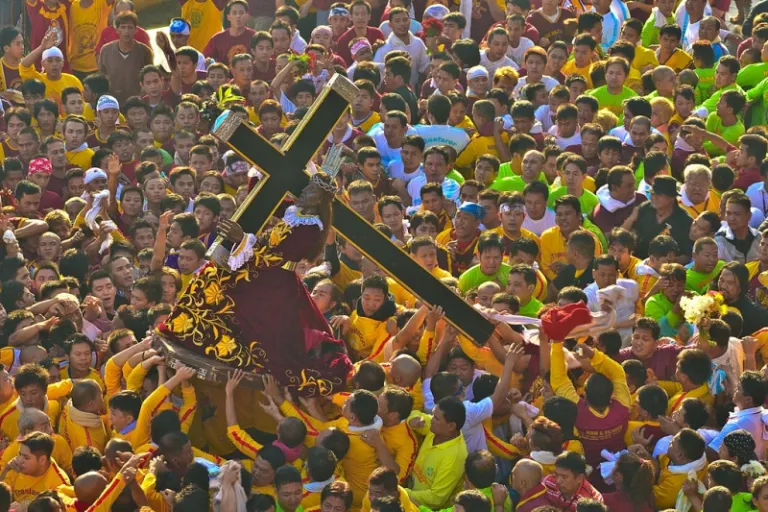
It was first housed in a church in Intramuros. In 1787, another friar ordered the transfer of the image to the church in Quiapo and it stays there to this day.
During the course of its existence, the survived major disasters: two fires that ravaged the Quiapo Church where it is housed, two major earthquakes in 1645 and 1863, and the bombing of Manila during World War II. It was after surviving these conflagrations and atrocities that the image was believed by its devotees as miraculous.
Every year, the is paraded in the streets of Manila, specifically Quiapo. The parade is called “Traslacion” or solemn transfer. This commemorates the transfer of the image from its original repository in Intramuros to Quiapo. Millions of Roman Catholics line the streets of the parade route, each trying to get near the image. According to its devotees, touching the image could heal diseases, and this explains why millions upon millions of people throng just to get near the statue.
This is by far the country’s religious festival that attracts the most people. Unlike other festivals, the Traslacion is a festival characterised by a solemn and sombre mood.
2. Biniray Festival, Romblon
Held every second week of January, the Biniray Festival animates Romblon. This festival is celebrated in honour of Señor Santo Niño or the Child Jesus. The festivity depicts the unshaken devotion of the residents to the Roman Catholic faith.
Dancers fill the streets and participate in the lively street dancing where they wear colourful and beautifully designed costumes. Highlighting the event, even more, is the fluvial parade at the Romblon Bay. The flotilla of participating vessels travels seven times around the bay. The procession commemorates the attempts of the Spanish galleons in taking the image of the Santo Niño away from the residents.
The fluvial procession is followed by a street parade giving homage to Santo Niño. The image is carried in a special carriage adorned with elegant flowers. People from all walks of life join the parade donning their festive costumes and colourful body paints.
3. , Kalibo, Aklan
Aklan’s history dates back to the ten Bornean chieftains who travelled to the Philippines from Borneo after experiencing persecutions there. Upon landing in this part of the country in the 13th century, they struck a land deal with King Marikudo, the Ati (Aklan’s indigenous people) chief at the time.
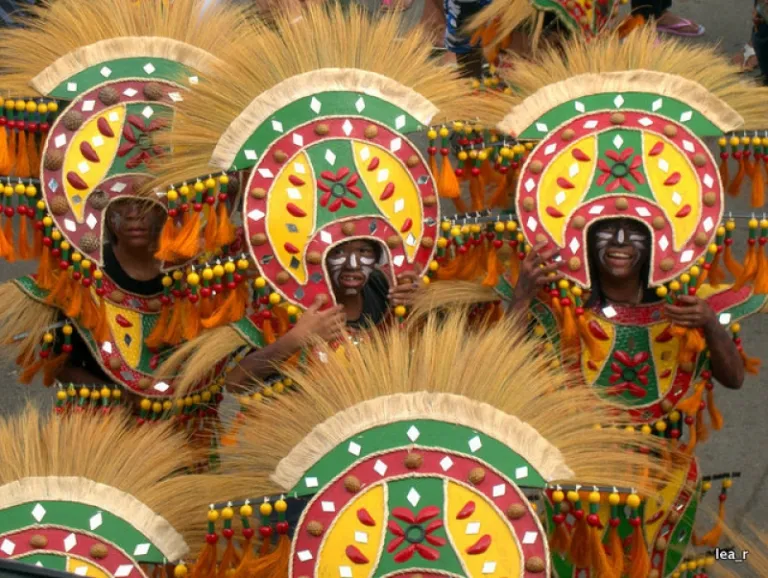
In commemoration of the event, the annual Festival was held every third Sunday of January. It is both a historical and religious celebration and is dubbed “The Mother of All Philippine Festivals.”
The festival is highlighted by a street dancing competition called “Sadsad .” Competing tribes or groups showcase their most colourful warrior-like costumes. Dancers (warriors) dance to the rhythmic pounding of the drums and other ethnic instruments. This age-old ritual of mindless bliss attracts a throng of people across the globe. It will surely set your mood along with thousands of other revellers into a shuffle.
4. , Cebu City
is perhaps one of the most famous Philippine festivals. This happens in Cebu, the “Queen City of the South,” every third Sunday of January. is called Cebu’s fiesta of all fiestas.
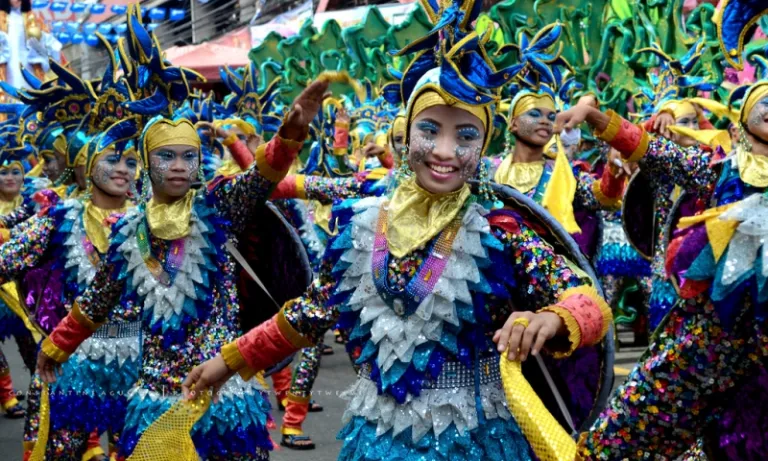
Like other similar festivals, festival is highlighted by a spirited street dancing contest participated by local groups. Street dancers participating in this century-old festivity perform the prayer-dance in harmony to the thunderous beating of the drums accompanied by the occasional shouting of “Pit Señor! Viva Sto. Niño!” The dancers are set apart by this tradition’s dance step: a one-step-backwards-two-steps-forward shuffle. The word “pit” came as a shortened form of a Visayan word “sampit” which means call.
Also read: First Timer’s Guide to Surviving Cebu’s Festival
Dancers follow a designated street route, dancing and shuffling their way down to the final judging area, which is always held at the Cebu City Sports Centre. After the street dancing contest, the whole of Cebu City explodes in celebration. The streets are filled with revellers dancing and celebrating the night away.
5. Dinagyang, Iloilo City
Considered by the people of Iloilo as the fiesta of the year, Dinagyang Festival colours the streets of Iloilo City every fourth Sunday of January.
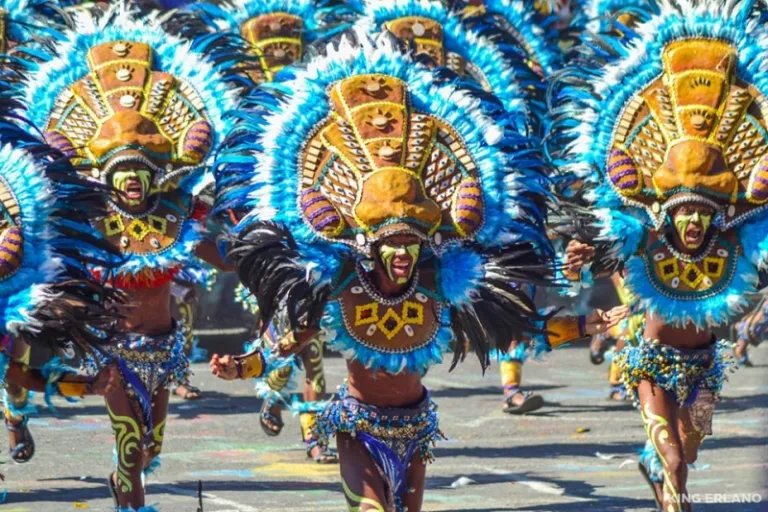
This religious and cultural festival let Ilonggos and visitors alike leave the usual life behind and join in the fun. Dinagyang Festival showcases the rich heritage, colourful past, intense devotion, and the lively personality of the Ilonggo people. The festival is held annually as a thanksgiving celebration in honour of Santo Niño.
The festival’s high point is a fluvial parade along the Iloilo River followed by the Dinagyang Ati cultural parade cum street dancing competition. During the contest, “Ati warriors” (dancers garbed in colourful warrior costumes) parade on the main streets of Iloilo City while making lively dance steps to the entrancing beat of the drums along the way. Merry-making follows that extends up to the wee hours of the night. This is how Ilonggos give meaning to the word “fun.”
Also read: A Foodie’s Checklist for Iloilo
Getting excited already? Then mark your calendars, put on your travelling shoes, and get ready to be mesmerised. See you there!
Published at
About Author
Benjamar Gabawa
Subscribe our Newsletter
Get our weekly tips and travel news!
Recommended Articles
10 Bantayan Island Resorts, Hotels, and Rentals for Your Tropical Escape 10 Best Mountain Cafes in the Philippines for Your Peak Coffee Experience Coffee date on the mountains, anyone?
10 Commandments for Responsible Travel Flexing Spread the good word!
10 Fairytale Castles In Europe Filipinos Need To See! Permission to feel like royalty even for a day?!
10 Family Outing Ideas in Metro Manila Under ₱500 Looking for a weekend bonding with the family under ₱500? Head to these places, pronto!
Latest Articles
Best Airbnbs in the Philippines for a Barkada Getaway Discover top Airbnb stays in the Philippines for the ultimate barkada getaway—beachfront, poolside, and scenic retreats await!
8 Walkable and Bike-Friendly Cities in the Philippines Ditch the cars and take on the streets with these walkable cities in the Philippines!
Summer Squad Goals: Fun Activities to Try on Your Next Barkada Trip Plan the ultimate barkada getaway with these fun summer activities!
Tulip Festivals in the World: 10 Best Places to See Spring Blooms in 2025 Bask in spring’s colours at the best tulip festivals in the world!
Bali’s Most Instagrammable Flower Gardens for Filipino Travellers Dreamy flower gardens in Bali perfect for your travel bucket list!

